The Corpus Christi in Cusco is a Catholic-Inca religious celebration of the Body of Christ. This festival takes place annually with devotion, music, dance, and native cuisine of Cusco. It does not have a fixed date and depends on the date of Easter Week.
Corpus Christi is a cultural religious festival meaning "Body of Christ". It is a celebration that blends Catholic traditions with the practices and beliefs of the Andean peoples, demonstrating the devotion of the faithful.
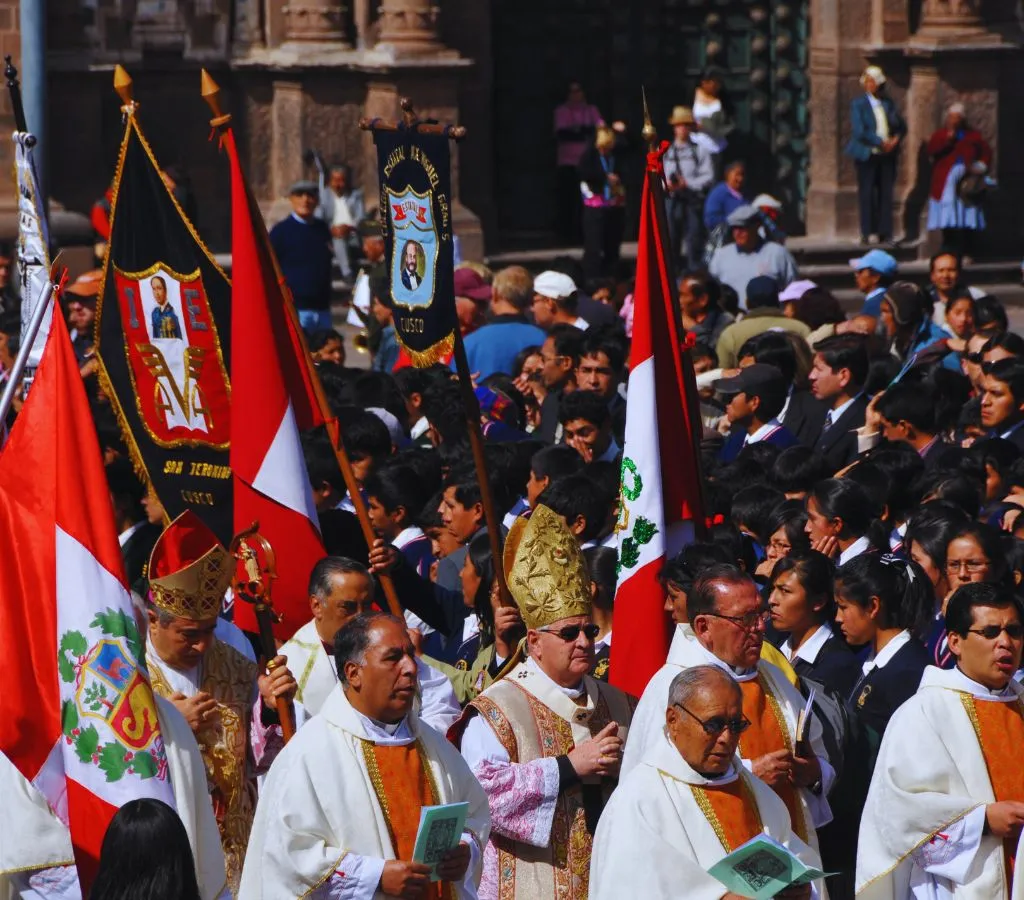
Corpus Christi is celebrated annually 9 weeks after Holy Thursday (Easter Week) and features 15 saints who leave their church or temple from various parts of Cusco in a procession accompanied by music, dances, and regional cuisine, heading together with their devotees to the Main Square of Cusco.
Corpus Christi is a Catholic religious activity honoring the presence of Christ in the Holy Eucharist. This festival gains significant relevance in Cusco's culture as a celebration to honor the Inti (Sun).
The Cusco Corpus Christi began in the Inca era, with festivals dedicated to ancestors and gods such as Tayta Inti, the goddess Killa, Kuychi, etc., where the mummies of high sovereigns were paraded. Later, with the arrival of the Spaniards and evangelization, it was decided to replace the procession of mummies with the procession of 15 saints.
Corpus Christi is celebrated worldwide in the Catholic religion; however, the Cusco Corpus Christi is a unique cultural celebration of the body and blood of Christ.
Corpus Christi involves significant organization by the Mayordomos or Carguyoc, who are chosen each year and are responsible for funding each of their Saints.

The celebration includes several stages, the first taking place with the departure of the 15 saints from their respective churches or temples to the Cathedral of Cusco:
Each Saint's destination is the Santa Clara Arch, then to the Church of San Pedro, where the symbolic handover of the cathedral keys from San Pedro to San Antonio takes place, followed by a mass. Then, all other saints start a procession towards the Cathedral where they remain for a week.
The octave is the date 8 days after Corpus Christi when the procession of the 15 saints around the Main Square takes place. It commonly starts in the afternoon after lunch.
The descent of the Saints is the day after the octave, consisting of the return of the Saints to their respective churches or temples with the appropriate protocol for each saint, showcasing their culture.
Corpus Christi is characterized by its rich cuisine, which is another major attraction of this festival. The dishes served during this time include:
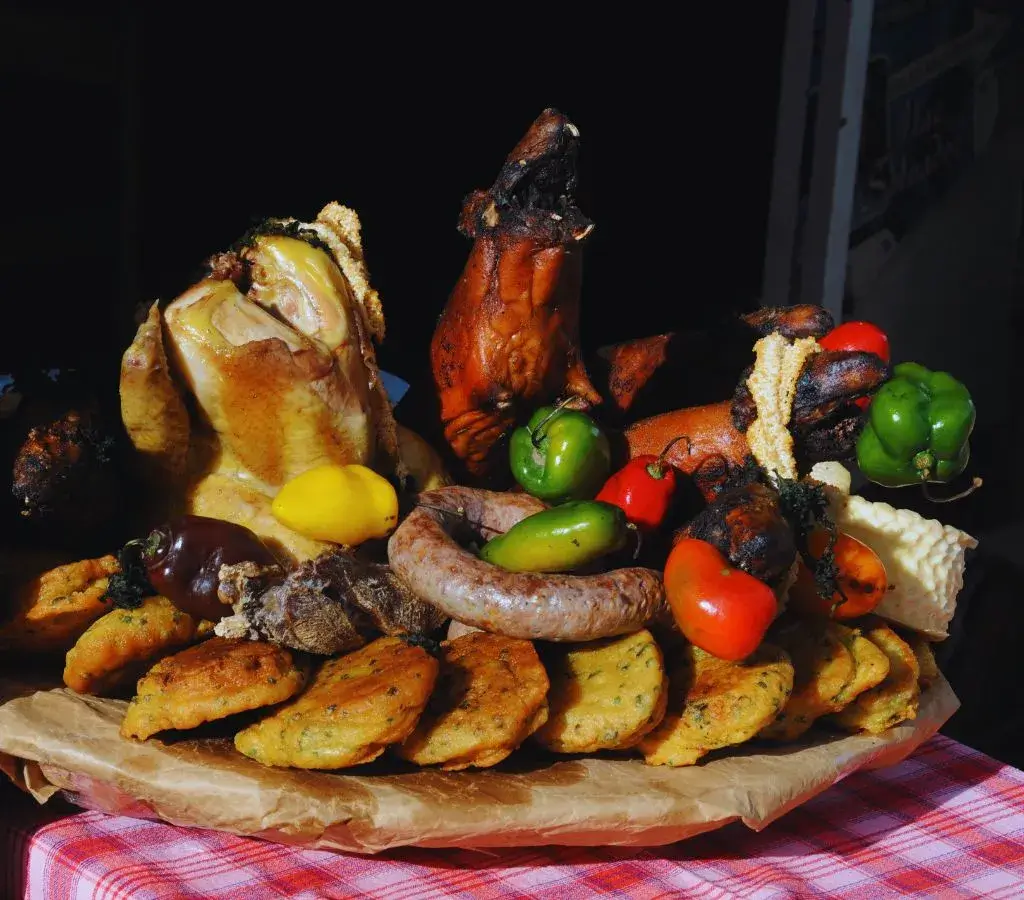
Chiri Uchu is the emblematic dish of the Corpus Christi festival, which means Chiri = cold and Uchu = chili. This dish dates back to the Inca and colonial era and represents the duality of the Inca culture, being served cold as an offering to the sun, which represents heat.
Its ingredients include boiled chicken, oven-roasted guinea pig, dried meat or chalona, flour pancakes, toasted corn, blood sausage, chorizo, cheese, seaweed or cochayuyo, fish roe, and chili to taste, all served cold and ready to enjoy.

Cuy Chactado is another highly consumed dish in this significant Cusco festival. It involves boiling a guinea pig and then seasoning it with local spices before final baking in an oven.
It can be served with rice, potatoes, salad, fried yucca, and a typical drink from Cusco.
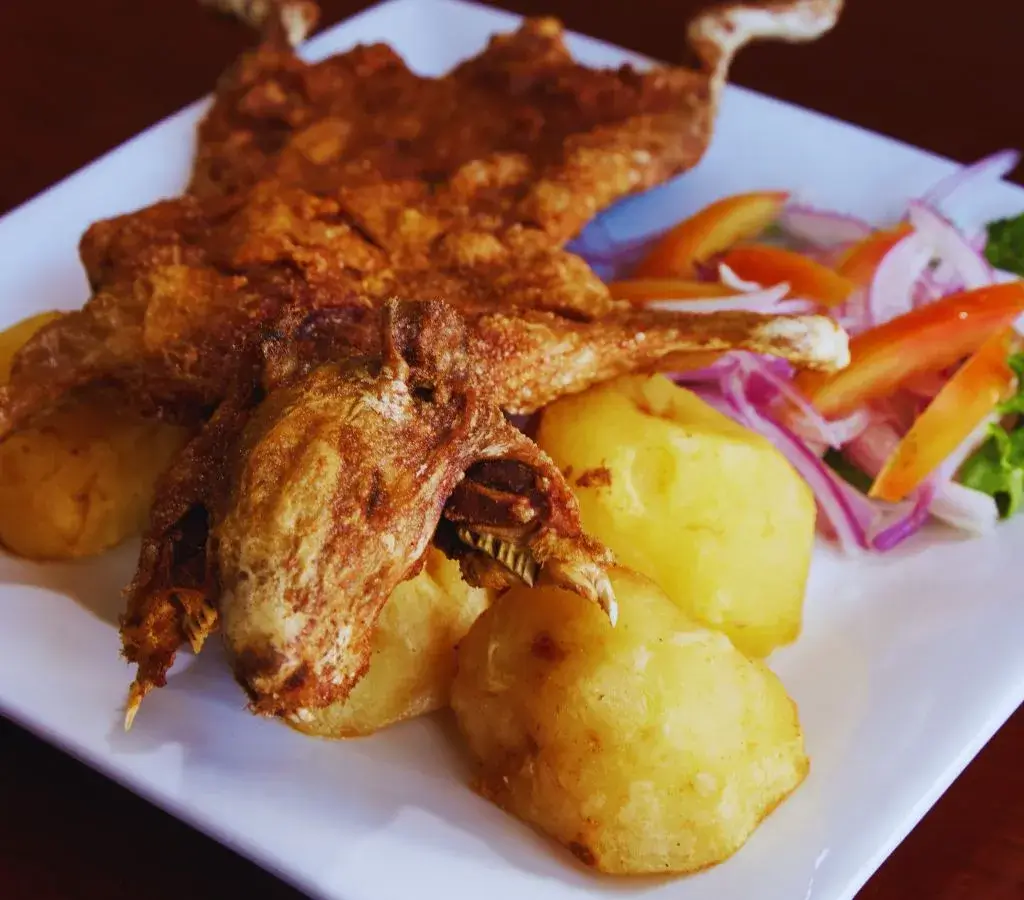
Chactado
The Cusco fried trout is prepared using either river or sea trout. This typical dish is served fried alongside rice, yucca, and optionally with a criolla sauce.
This dish can be found at any time in the country restaurants of the city.
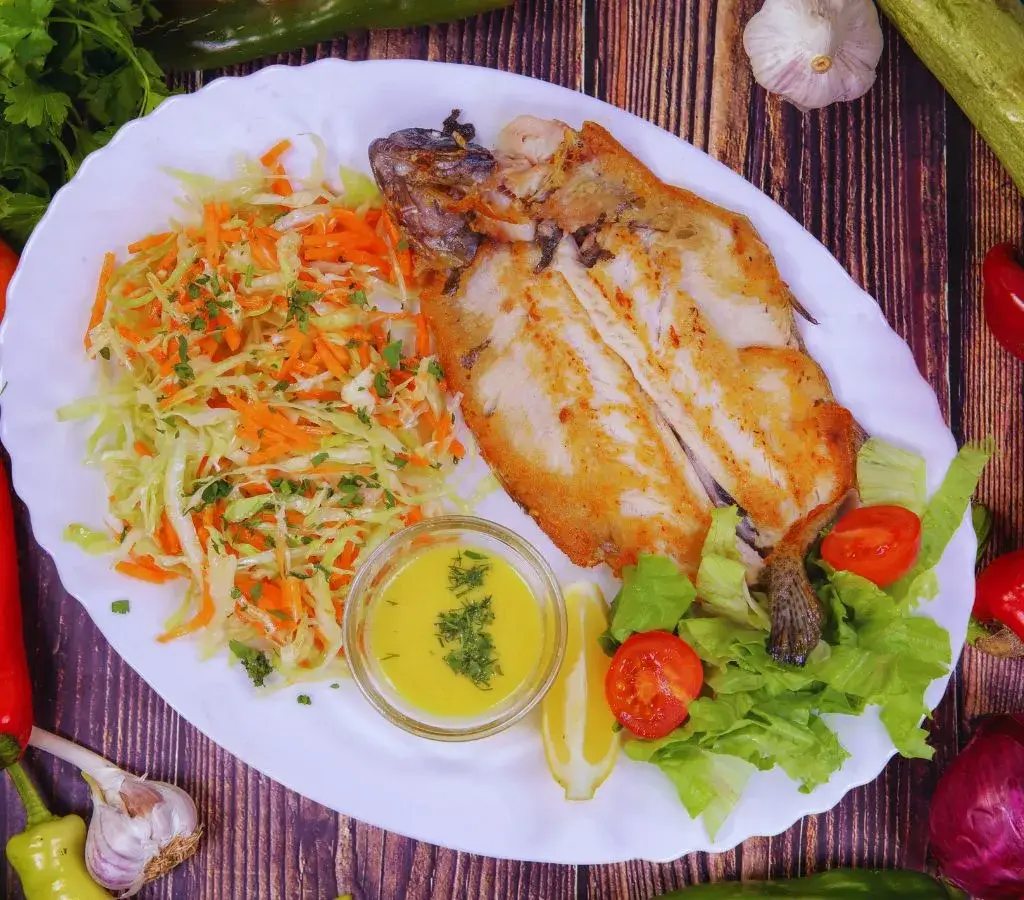
The stuffed rocoto is another typical dish of this festival, made from a round-shaped spicy rocoto pepper. It is prepared by removing the veins and seeds and then stuffed with beef, peanuts, chopped onion, and cooked in a pan.
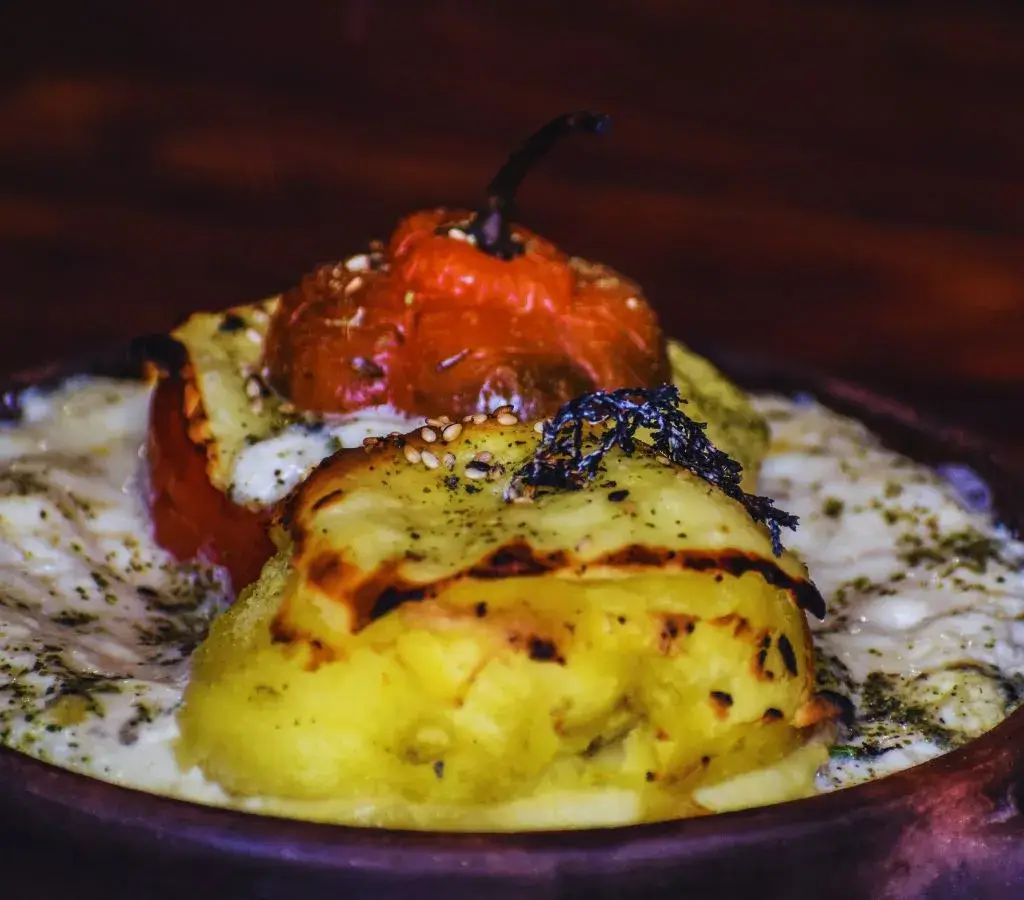
Quinoa soup is one of the many varieties of soups prepared in Cusco.
This soup is favored by visitors for its nutritional value, pleasant taste, lightness, and is mostly consumed in cold seasons.
It is recommended for those acclimatizing to avoid altitude sickness and also because it is not heavy on the stomach.
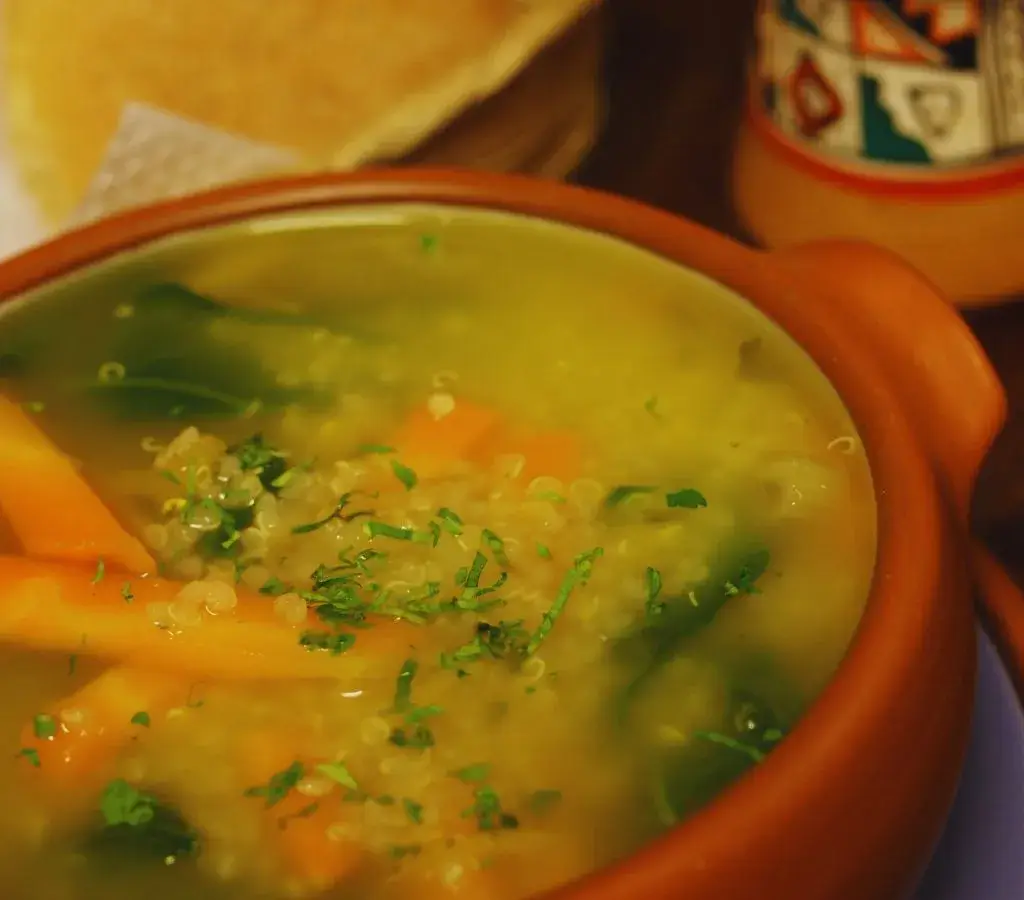
In Cusco, there is a wide variety of fruits that grow in its different provinces according to their climate. During this season, it is common to consume cherimoya, coconut, and sugarcane, which are available throughout the duration of the festival.
```


